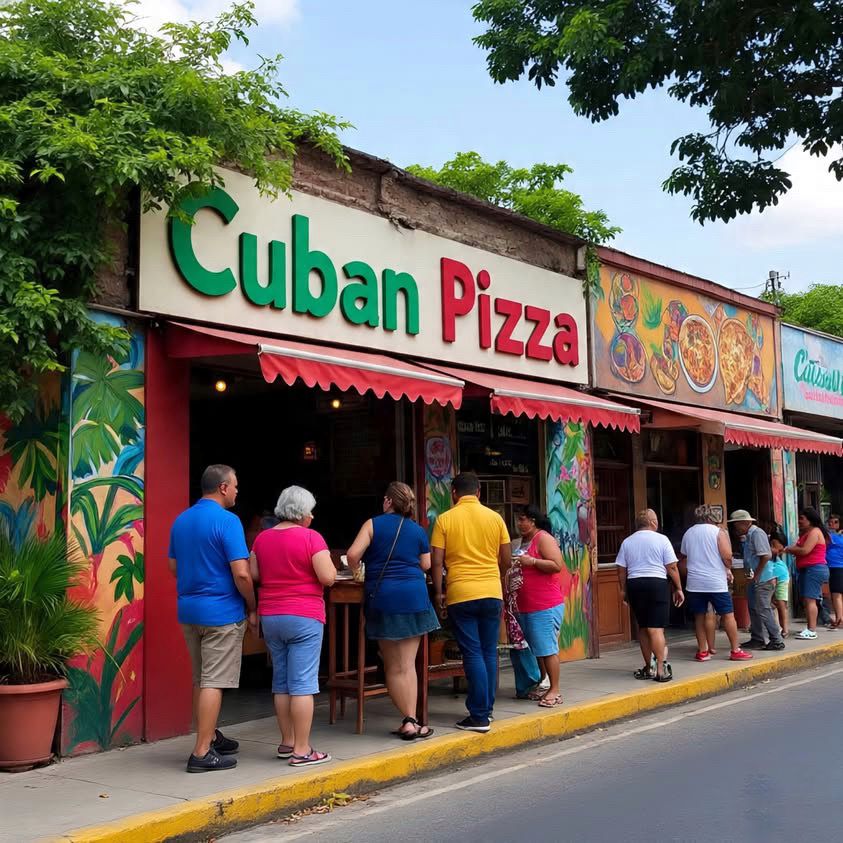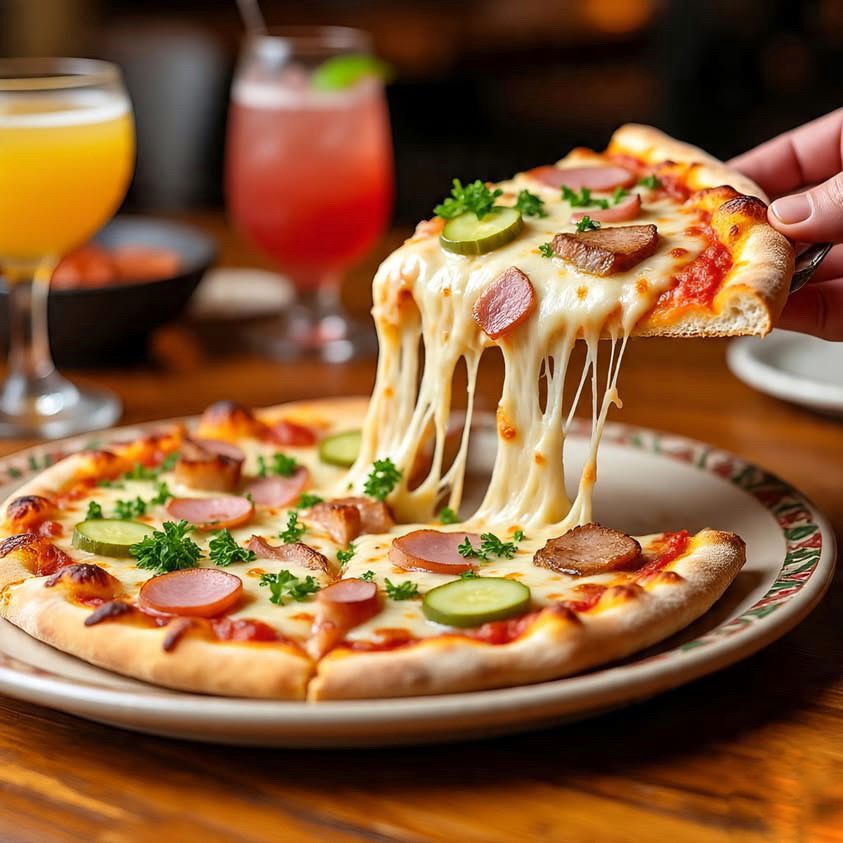Learn what makes this island’s specialty different from traditional Italian pizza. When I first landed in Havana five years ago, pizza was honestly the last thing on my mind. I was thinking mojitos, ropa vieja, maybe some tostones if I was lucky. But then something happened on my third night there that completely changed how I think about Cuban food, and honestly, about pizza itself.
I was wandering through Vedado, getting progressively more lost and more hungry, when I stumbled into this tiny pizzeria tucked between a pharmacy and somebody’s living room. The smell hit me first, that unmistakable aroma of baking dough and melted cheese, but different somehow. Sweeter, maybe? I cannot quite explain it even now, but it pulled me in like I had no choice in the matter.
Here is what you need to understand about Cuban pizza right from the start. This is not your traditional Italian pizza. Not even close, really. The crust alone will tell you that. Where Italian pizza dough is often thin and crispy or perfectly chewy, Cuban pizza crust tends to be thicker, softer, almost bread-like in texture. Some people compare it to focaccia, but that does not quite capture it either. The dough has this particular sweetness to it that I have never found anywhere else, probably from the sugar that gets added during the mixing process.
The cheese situation is equally unique. While most pizza purists will tell you that fresh mozzarella is the only way to go, Cuban pizza typically uses a processed cheese that melts into this incredibly smooth, almost sauce like consistency. I know how that sounds. I really do. But trust me when I say that it works in ways that should not make sense but absolutely do. That processed cheese creates this creamy layer that soaks into the dough just enough to make every bite feel indulgent without being heavy.
Then you have got the sauce, which deserves its own conversation entirely. Cuban pizza sauce is sweeter and thicker than what you would find on a New York slice or a Neapolitan pie. It has more tomato paste, more sugar, and often a hint of oregano that borders on aggressive. My first bite, I thought it might be too much. By my third slice, I was completely converted.

Now, you might be wondering how pizza even became a thing in Cuba. The story goes back further than you might think. Italian immigrants brought pizza to Cuba in the early twentieth century, but like everything else that lands on the island, it got transformed into something distinctly Cuban over the decades. The economic realities of Cuba meant that traditional ingredients were not always available, so Cuban cooks did what they have always done best. They adapted, they improvised, they made it work with what they had.
During the Special Period in the 1990s, when food shortages were at their worst, pizza became even more important in Cuban food culture. It was cheap, it was filling, and you could make it stretch to feed a whole family. The pizzerias that stayed open during those hard years became community gathering spots, places where people could get an affordable meal and maybe forget their troubles for a few minutes.

If you ever find yourself in Havana looking for authentic Cuban pizza, skip the fancy restaurants in Old Havana that cater to tourists. What you want is a real pizzeria, the kind where locals actually eat. Look for places with long lines of Cubans waiting outside. That is always your best indicator. The pizza will probably cost you less than a dollar if you are paying in Cuban pesos, and it will be served on a piece of cardboard or thin paper, maybe with a tiny napkin if you are lucky.
My favorite spot was this place near the Malecon that did not even have a proper name, just a window where you ordered and a counter where you ate standing up. The pizza came out so hot that I burned my mouth every single time, and every single time it was worth it. The cheese would stretch when you pulled a slice away, the crust would give just enough resistance before tearing, and that sweet sauce would hit your tongue like a flavor memory you did not know you had.
I have tried replicating Cuban pizza in my own kitchen more times than I care to admit. Getting that exact dough texture is tricky because it depends partly on the humidity and temperature, and partly on some kind of pizza magic that I have not quite mastered yet. But the attempts have been fun, even the failures. The key seems to be using more sugar in the dough than feels right, letting it rise until it is puffy and soft, and not being afraid of that processed cheese.
Reference
Pérez-López, J. F. (1995). Cuba’s second economy: From behind the scenes to center stage. Transaction Publishers.
United States Department of Agriculture. (2023). Cuba: Food and Agricultural Import Regulations and Standards Report. Foreign Agricultural Service, USDA. [Government source on Cuban food standards and regulations]
Garth, H. (2020). Food in Cuba: The pursuit of a decent meal. Stanford University Press.

